Why No One Has Been Able to Climb Mount Kailash Yet?
Nature WorldWide December 9, 2023 0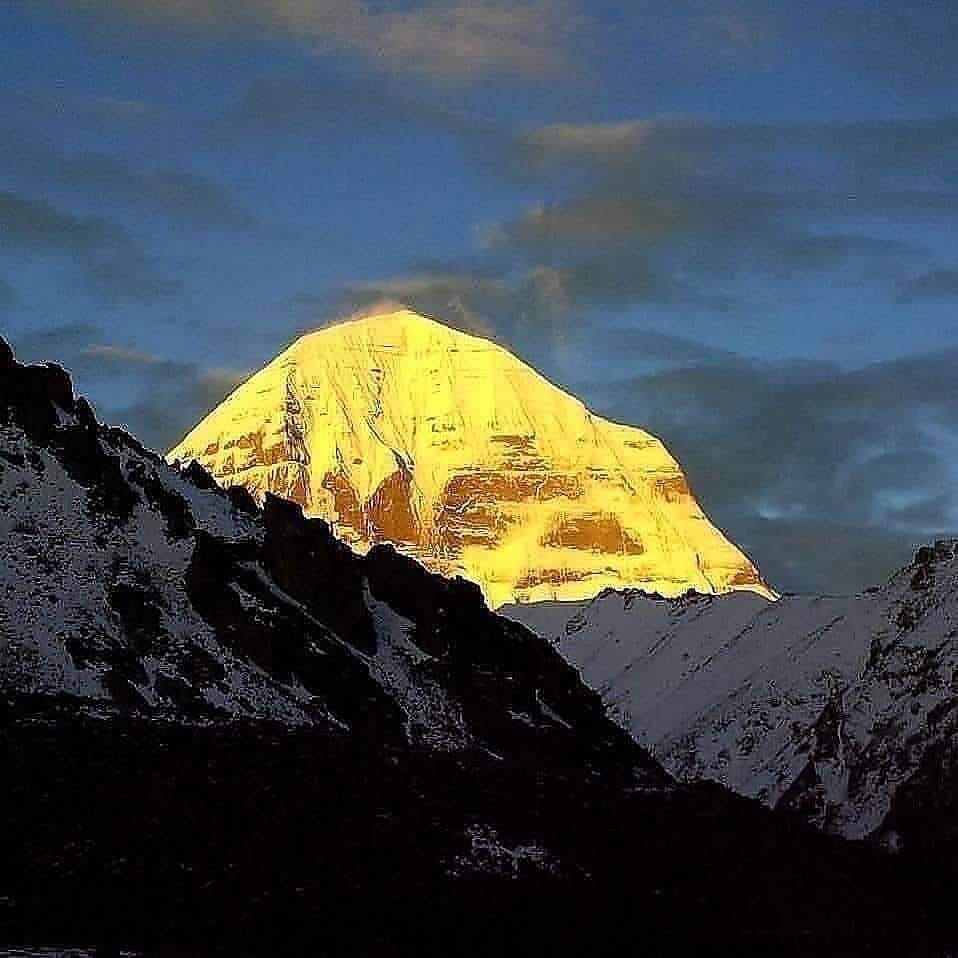
For centuries, Mount Kailash has stood as a silent sentinel in the Himalayas, its majestic summit untouched by the footsteps of climbers. In a world where conquering peaks is a testament to human achievement, Mount Kailash remains an anomaly—a sacred sanctuary that resists the touch of mortals. In this blog post, we explore the profound reasons behind the enduring mystery of why Mount Kailash remains unclimbed.
Content:
- 1. Sacred Sanctuary: A Spiritual Gateway
- 2. Cultural Respect: Preserving Sacred Ground
- 3. Ethical Dilemmas: Balancing Adventure and Reverence
- 4. Uncharted Territory: The Mystical Unknown
- 5. Cosmic Axis: Aligning with the Universe
- 6. Religious Pilgrimage: Circumambulating the Sacred Peak
- 7. Environmental Conservation: Preserving Pristine Wilderness
1. Sacred Sanctuary: A Spiritual Gateway
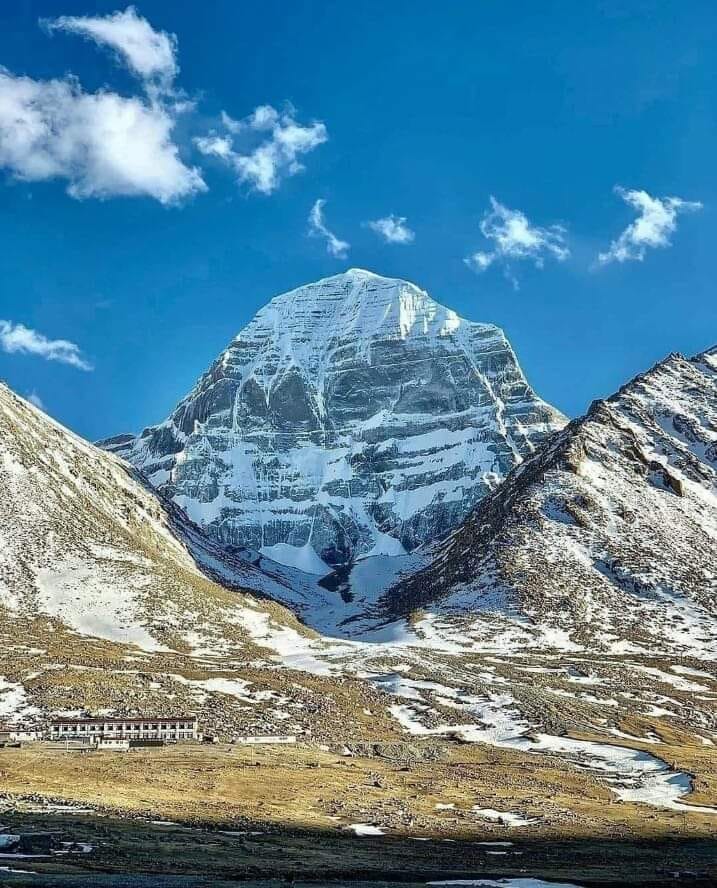
At the heart of Mount Kailash’s unclimbed status lies its deep spiritual significance. Regarded as the abode of Lord Shiva in Hinduism and a sacred peak in Buddhism, Mount Kailash is seen as a gateway to the divine realms. Many believe that attempting to conquer the summit would be a sacrilegious act, disrupting the spiritual equilibrium that envelopes the mountain.
Read More: Most Beautiful Lakes Of The Himalayan Mountain Range
2. Cultural Respect: Preserving Sacred Ground
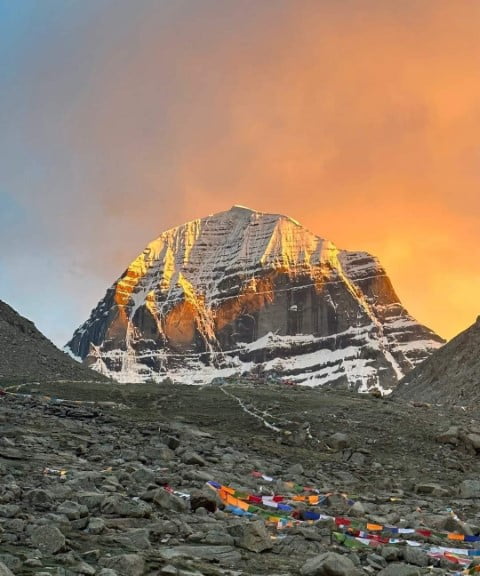
The surrounding communities, influenced by centuries-old traditions and beliefs, view Mount Kailash as a living deity. Climbing the sacred peak is not just a physical ascent but a violation of the cultural respect embedded in the region. Local communities and pilgrims honor the mountain as a symbol of purity and holiness, advocating for its preservation as an unspoiled sanctuary.
Read More: Exploring the Top 11 Mountain Peaks in the World
3. Ethical Dilemmas: Balancing Adventure and Reverence

While the call of adventure may entice climbers to attempt Mount Kailash, ethical considerations come to the forefront. Many mountaineers grapple with the decision to respect the spiritual and cultural significance of the mountain versus the desire to achieve a personal milestone. This ethical dilemma has led to a collective understanding within the climbing community to leave Mount Kailash unconquered.
Read More: The World’s Most Beautiful Mountain Rivers
4. Uncharted Territory: The Mystical Unknown
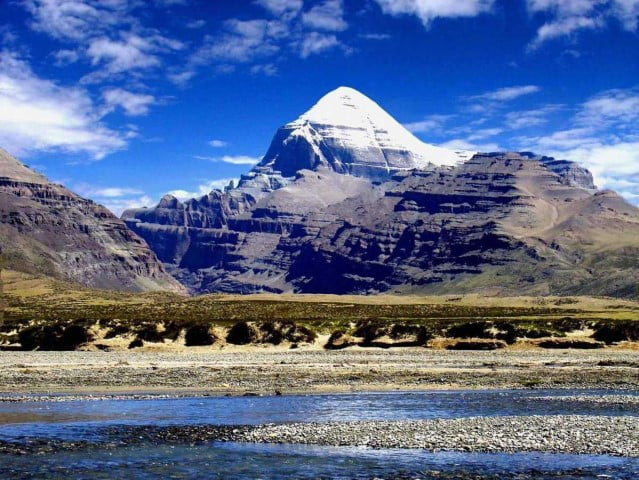
Mount Kailash’s unclimbed status adds an air of mystery to the region. The mountain’s untouched summit beckons those intrigued by the unknown and inspires a sense of reverence for the enigmatic forces that seem to protect its heights. The allure of uncharted territory, both physically and spiritually, reinforces the decision to keep Mount Kailash unclimbed.
Read More: Imagining a World Without Mountains
5. Cosmic Axis: Aligning with the Universe
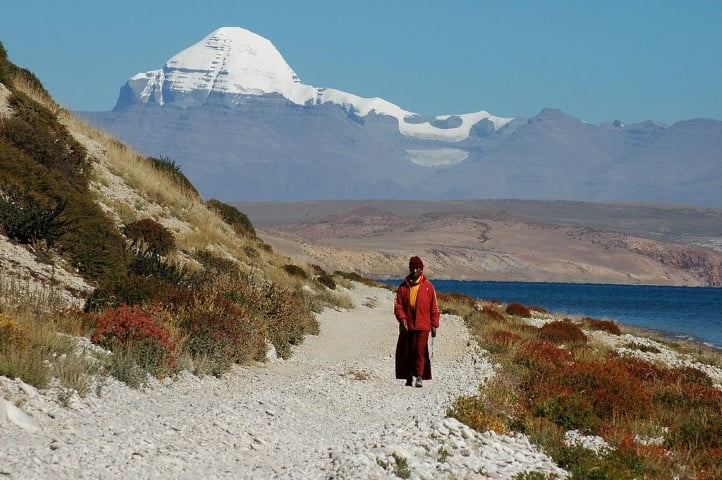
Mount Kailash is believed to be a cosmic axis, aligning with spiritual energies that connect the earthly and celestial realms. Climbing the peak is seen as a disturbance to this cosmic alignment, potentially disrupting the flow of divine energies that emanate from the mountain. The respect for these cosmic connections contributes to the collective decision to leave Mount Kailash untouched.
Read More: The Top 11 Greatest Mountains in the World
6. Religious Pilgrimage: Circumambulating the Sacred Peak

Instead of conquering the summit, pilgrims and spiritual seekers engage in the sacred practice of circumambulating Mount Kailash. The ritual involves walking around the base of the mountain, a journey considered spiritually significant and transformative. This alternative approach allows individuals to connect with the mountain’s spiritual essence without attempting to ascend its peak.
Read More: Top 10 Most Beautiful Lakes with Mountains in the World
7. Environmental Conservation: Preserving Pristine Wilderness

Mount Kailash and its surrounding region boast unique biodiversity and pristine landscapes. Leaving the summit unclimbed aligns with a broader commitment to environmental conservation. Protecting the delicate ecosystems and maintaining the natural beauty of the area are priorities that supersede the desire to conquer the peak.
Read More: Top 10 Lakes with Breathtaking Mountain Views Around the World
Conclusion
In a world driven by the conquest of summits, Mount Kailash stands as a testament to the enduring power of spiritual reverence and cultural respect. The decision to keep its summit unclimbed is a collective acknowledgment that some peaks are meant to be admired from below, allowing their spiritual significance to endure through the ages. As Mount Kailash continues to inspire awe and wonder, it remains a beacon of spiritual exploration that transcends the physical act of reaching its summit.




